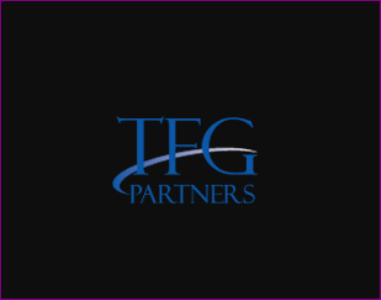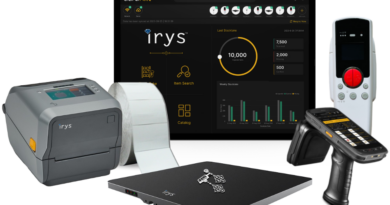How to Run a Highly Effective Claim Audit
Organizations that manage medical and pharmacy claim processing for self-funded employer plans must undergo regular audits. These reviews, run by medical claim auditing firms, are essential for regulatory compliance and financial oversight. The importance of medical claims auditing is particularly pronounced for larger plans. While audit firms can work with any claim processing system, creating one that is easy to audit can save time and costs for all parties involved. Given the complexity of processing medical claims, oversight is crucial, so the frequency of audits is rising each year.
One key area that audits often examine is coding, as its accuracy can impact the plan’s expenses and provider revenue. Another recent advancement in claim audits is continuous monitoring services, which observe all claim payments and provide monthly reports to administrators and plan sponsors. This service is especially beneficial for self-funded plans seeking greater oversight and effectively keeps claim payments aligned throughout the year. It is also valuable during unforeseen events, like the coronavirus pandemic, which can lead to spikes in utilization and higher claim volumes.
Recovering funds from erroneous payments, overpayments, and other discrepancies can represent considerable financial opportunities. When audits promptly identify mistakes, recovery becomes much more straightforward than when issues go unnoticed for extended periods. It underscores the importance of frequent audits and continuous monitoring. For-profit corporations managing their benefit plans through self-funding need immediate access to data to ensure the accuracy of their claim payment operations and fulfill their fiduciary responsibility to ensure that expenditures benefit plan members.
Effective claim audits also leverage technology, which has been a key factor in the significant accuracy improvements over the past two decades. Advances in software and its ability to scrutinize payment details allow error detection at a very granular level. Those who have experienced earlier random sampling methods would find today’s capabilities almost miraculous. While human oversight remains essential, it now focuses more on reviewing the results of electronic audits. Contemporary auditing systems are faster and less costly than their predecessors, creating a win-win scenario for everyone.




